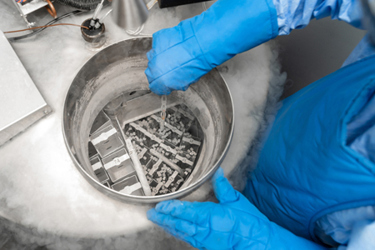Historical Control Database Of Cynomolgus Macaque Spermatozoa
By A. Celori, L. Baydak, , S. McGrath, S. Kaur, J. Hynek, and J. Forget

The evaluation of sperm quality is crucial for assessing the potential adverse effects of pharmaceuticals on male reproductive health, with standard assessments focusing on motility, concentration, and morphology. While the cynomolgus macaque is frequently used in studies, particularly for biotechnology-derived drugs, ICH S5(R2) highlights a lack of historical data on non-human primates (NHPs) in this area. Currently, NHP semen evaluation largely relies on the WHO Laboratory Manual for Human Semen Examination and Processing, but there are few studies detailing normal cynomolgus macaque sperm, limiting the translatability of findings. Establishing robust criteria for normal NHP sperm is essential for accurately interpreting potential toxicological effects.
To address this gap, data from over 400 NHPs between 2007 and 2019 were collected, including sperm concentration, motility, and morphology, to create a historical control database. All animals were either naïve or administered a control/sham article. Sperm was collected via penile electrostimulation, and ejaculate volume, motility, and concentration were assessed using the TOX IVOS or TOX IVOS II CASA systems, while morphology was examined using light microscopy. Descriptive statistics (mean, SD, and quartile ranges) were generated to establish normal sperm parameters for future interpretation of cynomolgus macaque sperm.
Get unlimited access to:
Enter your credentials below to log in. Not yet a member of Drug Discovery Online? Subscribe today.
